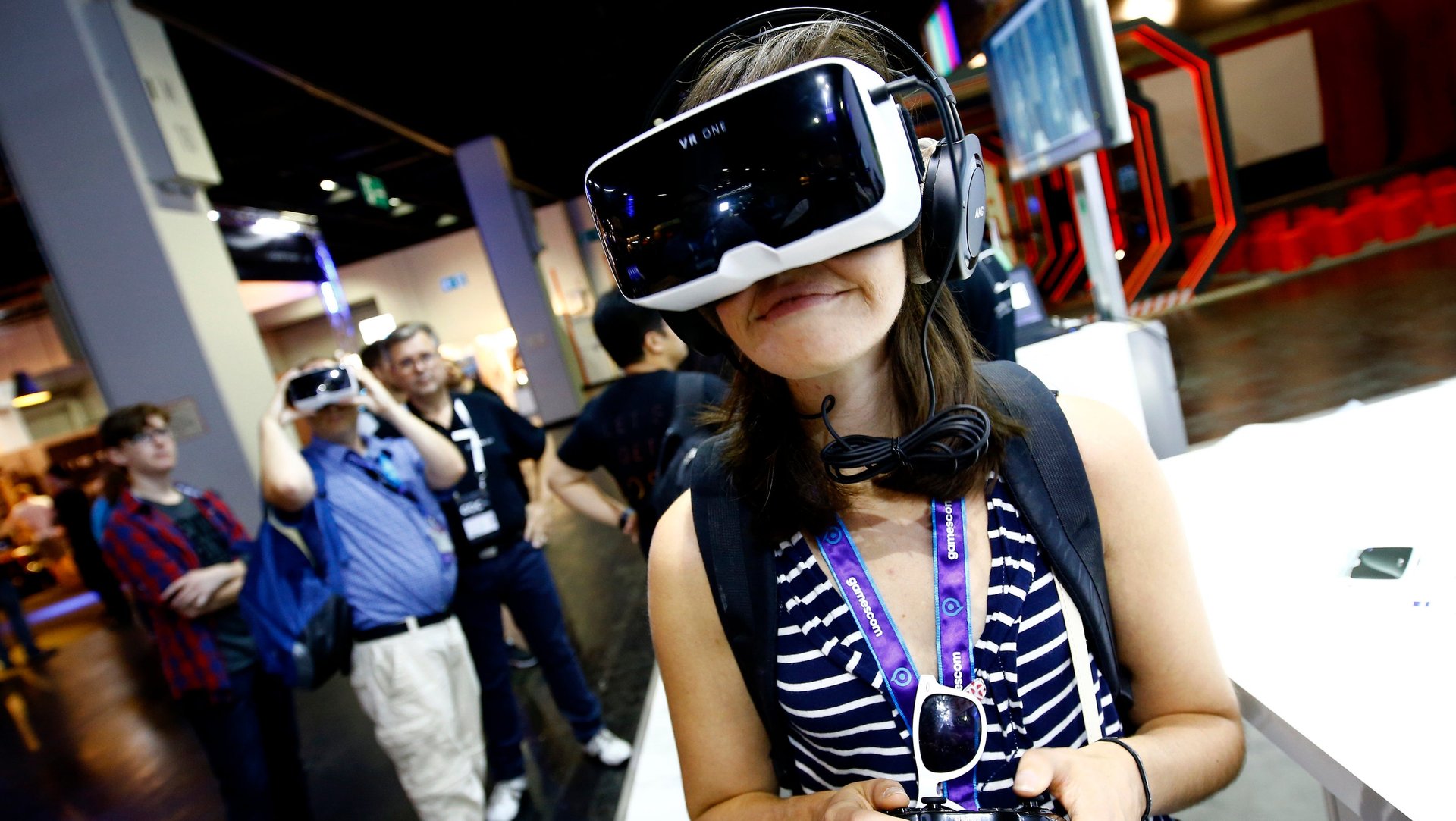Teachers want more tech in the classroom—even VR headsets
Long gone are the days when it was frowned upon for students to pull out a phone or laptop in a classroom.


Long gone are the days when it was frowned upon for students to pull out a phone or laptop in a classroom.
In the US alone, according to a survey conducted in the last two months from digital education company TES Global, 84% of teachers at the K-12 level are using some form of technology in their lesson plans. While 35% of teachers in last year’s inaugural survey said internet connectivity in the classroom was a distraction or barrier to successful teaching, only 16% felt that way this year.
It seems teachers have grown from “boring, chalk-dusted technophobes” to “tech-savvy pioneers,” TES Global CEO Rob Grimshaw tells Quartz.
Yet perhaps the most curious findings from TES’s report are that, when asked what technologies they’d like to see in the classroom in the near future:
- 24.7% of the roughly 1,000 teachers surveyed said they’d be most excited to incorporate game-based learning,
- 19% and 18.7% want more laptops and tablets, respectively,
- and another 10% said they’d be most excited to introduce virtual reality headsets. That last figure was just 5% in TES’s 2015 survey.
We’re talking about, yes, these VR headsets. The ones being touted by VR-producing tech companies as the future of social media, film, entertainment—and very seldom education.
But thrilling possibilities do exist for VR and augmented-reality technology as it relates to teaching and learning. Google Cardboard’s inexpensive platform, for example, offers many compelling learning experiences; a Utah-based startup recently debuted an immersive augmented-reality machine that takes users through heart-pumping, larger-than-life adventures. VR experiences, as Quartz’s Anne Quito points out, may give kids the chance to do anything from “traveling” foreign lands to learning human biology lessons up close.
Those 10% of forward-thinking teachers may be onto something yet. Ample evidence exists, after all, to champion technology’s beneficial effects on earning. With VR, every day can be a field trip.